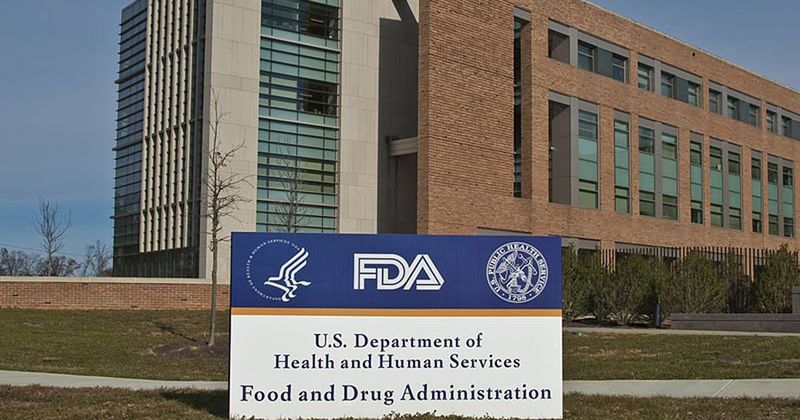FDA panel does not recommend approval of DCB for below-the-knee lesions
The FDA’s Circulatory System Devices Panel voted not to recommend approval of a drug-coated balloon to treat below-the-knee lesions in patients with critical limb ischemia.
The panel voted 15-2 with one abstention that the DCB (Lutonix 014, BD) is safe, but 2-15 with one abstention that it is effective and 3-14 with one abstention that its benefits outweigh its risks.

Long regulatory process
There are no DCBs to treat below-the-knee lesions currently approved for commercial use in the United States; the only devices approved for such procedures are plain balloons for percutaneous transluminal angioplasty and atherectomy devices. The Lutonix DCB has twice received not approvable decisions from the agency, once in June 2019 and once in August 2020. BD requested a panel hearing after the second not approvable decision.
BD sought approval based on results of the Lutonix BTK study, in which, as Healio previously reported, the DCB was associated with improvement in the primary effectiveness endpoint of limb salvage and primary patency at 6 months compared with PTA (74.7% vs. 64.2%; absolute difference, 10.5%; P = .0222). However, according to a briefing document prepared by FDA staff, due to interim analyses and protocol modifications, the difference did not reach statistical significance, which required a P value of .0085 or less, and the difference disappeared by 12 months and eventually numerically favored the PTA group. There were no safety signals detected in the trial.
“Overall, the study was terminated early and did not meet the prespecified hypothesis test
success criteria,” the FDA staff wrote in the briefing. “It remains unclear whether the effectiveness differences at 6 months are clinically meaningful, and that the benefits of the paclitaxel-coated Lutonix 014 DCB outweigh the risks compared to treatment with an uncoated balloon for treatment of atherosclerotic lesions below the knee.”
Questions about data
During deliberations, panel members expressed concerns about missing data, about secondary endpoints not being concordant with the 6-month primary effectiveness endpoint and about bias and inadequate blinding during the trial, especially concerning the determination of clinically driven target lesion revascularization.
“Based on previous efficacy in other vessels, I thought this should be effective and hoped that it would,” said panel member John W. Hirshfeld Jr., MD, emeritus professor of medicine at the University of Pennsylvania Perelman School of Medicine, who voted “yes” on safety but “no” on the other two questions. “But it appears the overwhelming impact of this severe disease obscured whatever effect the drug-device combination might provide. It left the ability to detect a potential benefit obscured by statistical uncertainty. There was discussion that this should be out there so it’s in the toolbox. There should be a long and valid principle that possible effectiveness is not grounds for approval.”
“The device appeared to be safe for use, and in terms of effectiveness, I do believe a 6-month time point is meaningful,” said panelist James Black, MD, professor of surgery at Johns Hopkins School of Medicine, who voted “yes” to all three questions. “These patients are at risk for significant morbidity with repeated interventions. Based upon the need for study in this area, I voted that ... risk-benefit favored the use of this device.”
The FDA is not required to follow the recommendations of its advisory panels, but it usually does.
